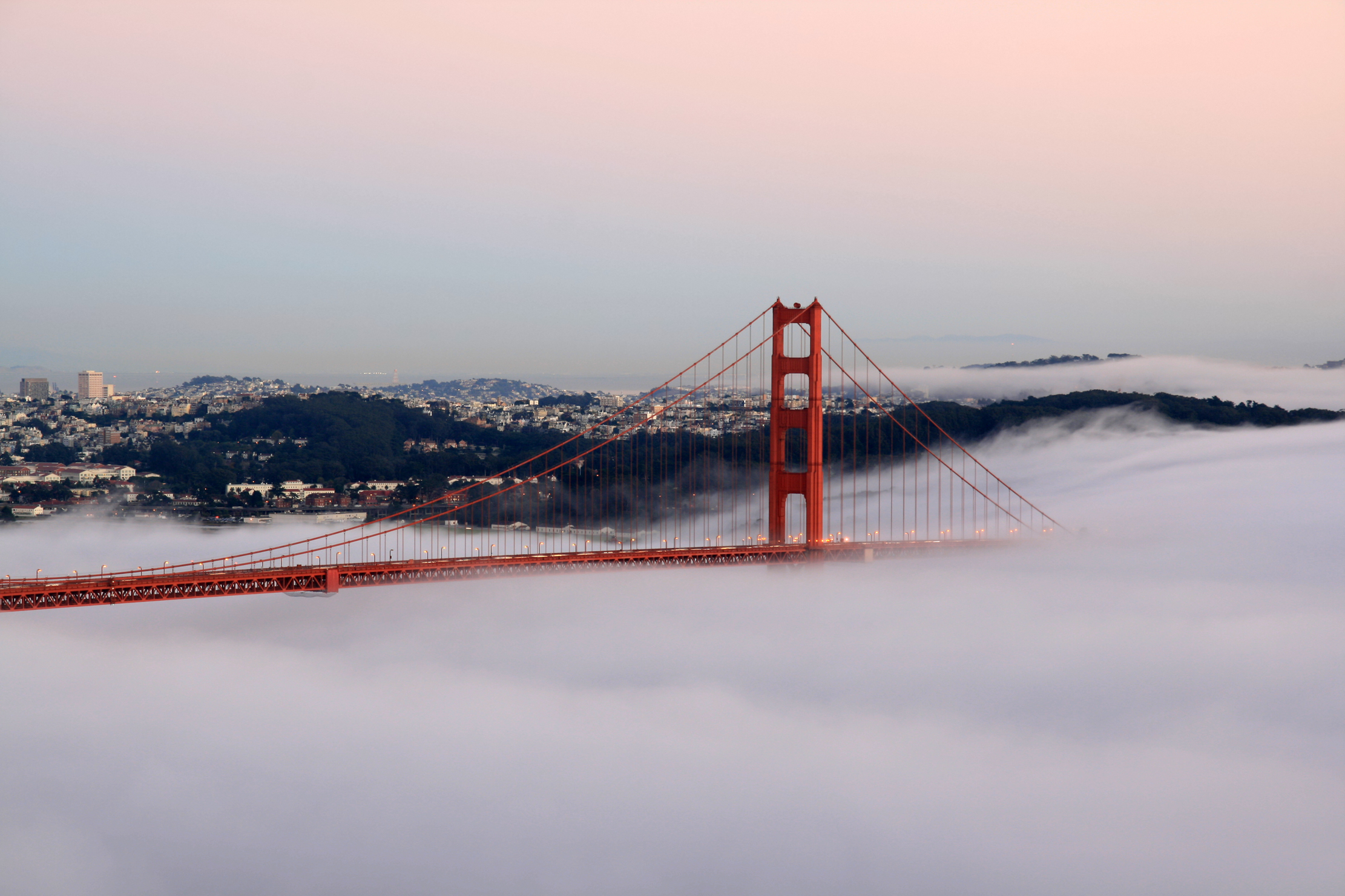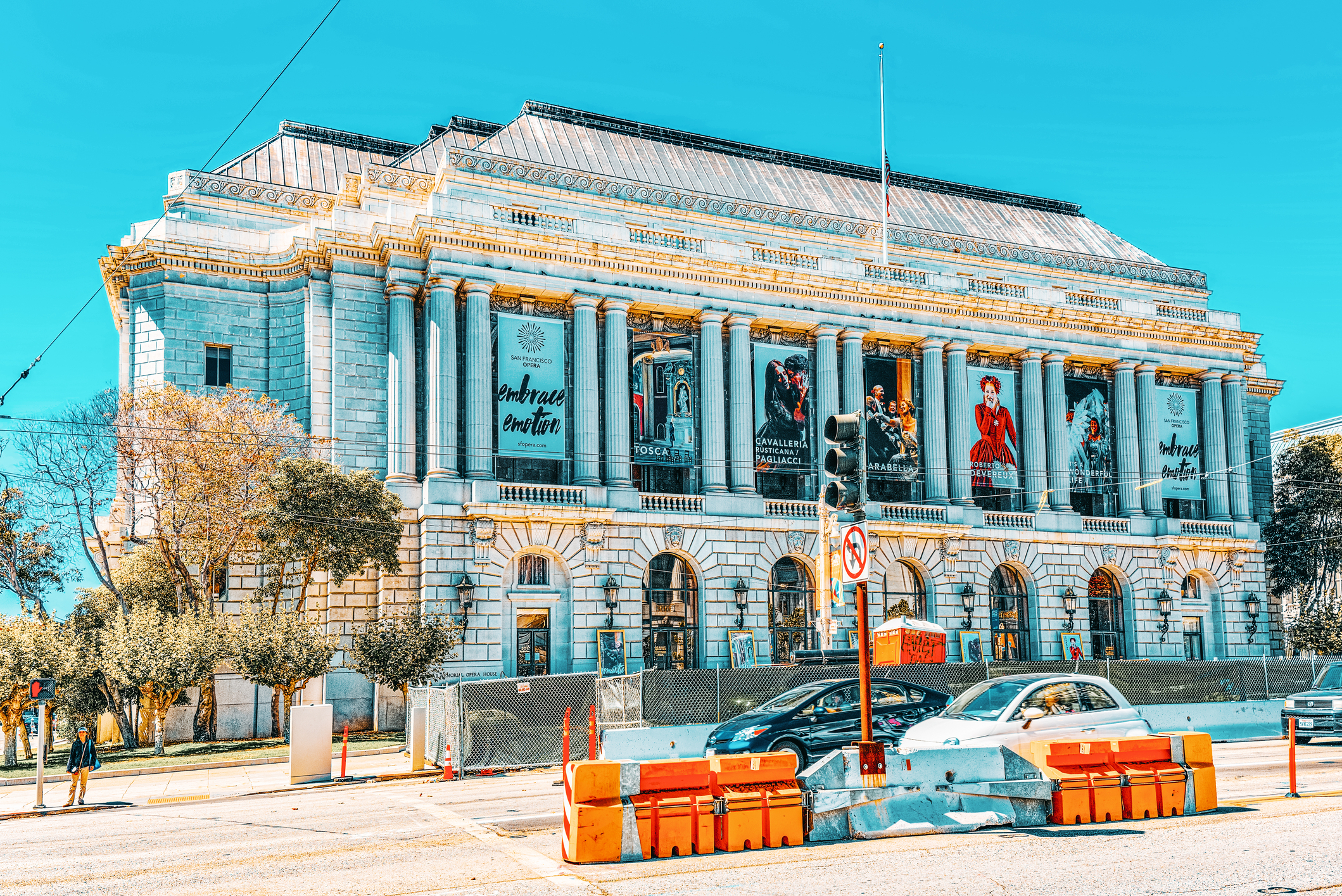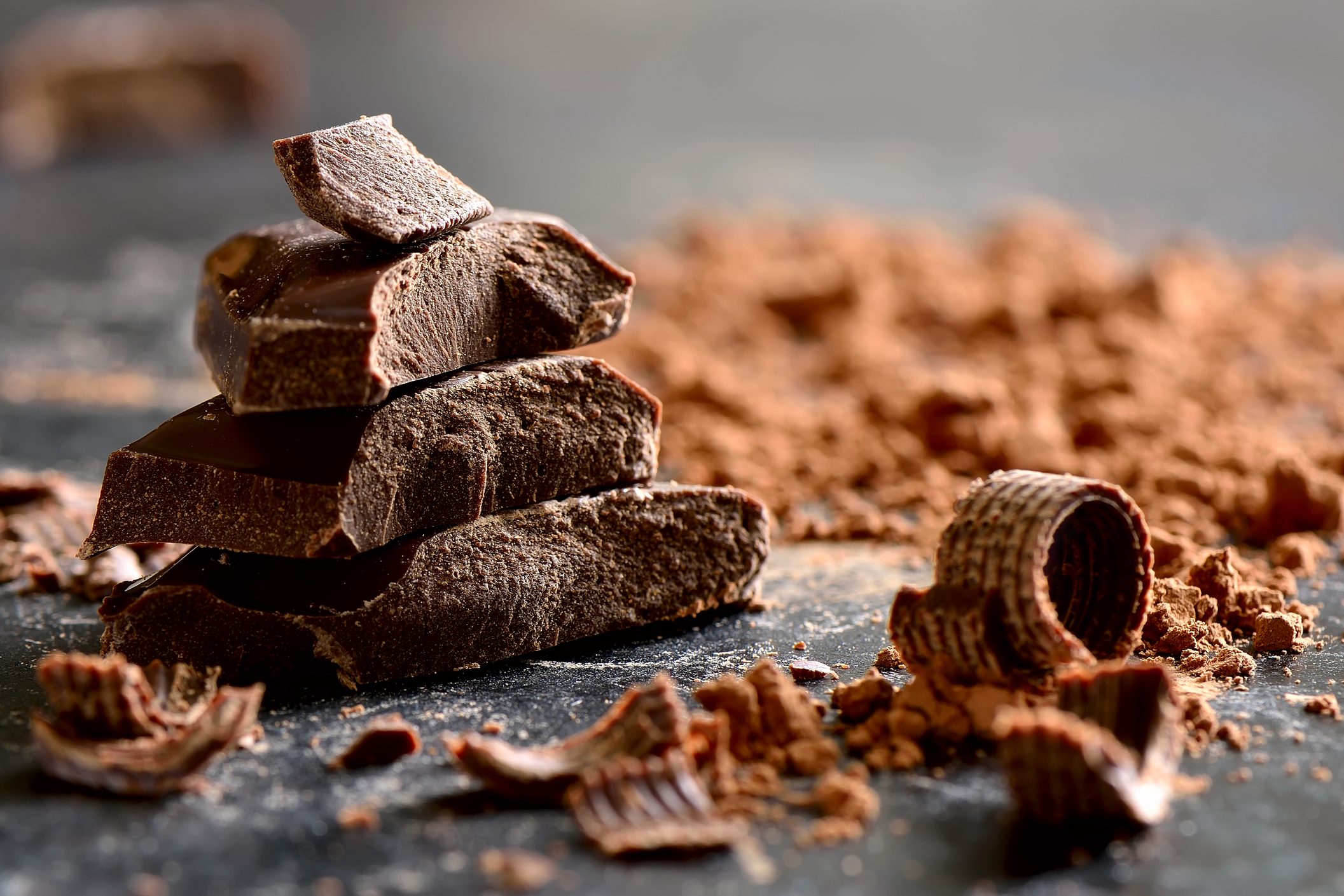For the average visitor or newcomer to San Francisco, the city’s distinct neighborhoods are readily associated with the ethnic or cultural group whose imprint is most visible in the local landscape.
The rainbow flags of the Castro point to the gay (and lesbian, bisexual, and transgender) community. The Haight’s tie-dye murals proclaim hippie-land. The profusion of tricolore festooned restaurants along Columbus Avenue indicate Little Italy. And the taquerias and murals throughout the Mission announce the Latino quarter. All valid conclusions to be drawn by any reasonable observer.
But a little knowledge of local geography and history tells us more, and sometimes otherwise. Behind the tricolore-painted lampposts of North Beach, lies a neighborhood where the majority of residents are in fact Chinese. Before the Castro became a gay mecca, it was an enclave of straight-laced, middle class Irish. In the South of Market, gleaming glass towers reflecting the high-tech boom, cover land that not so long ago housed auto repair and machine shops and the rooming houses of the city’s laborer classes.
Places are palimpsests, claimed and marked by different occupiers over time, then erased in whole or in part, and written over again. In San Francisco, where spectacular booms and big busts are the norm, the pace and extent of this transformation are correspondingly more dramatic. Nowhere in the city today is this erasure taking place more quickly than in the Mission neighborhood.
Famous in an infamously grey city for its sunshine, and endowed with neighborhood parks, charming Victorian homes, a large stock of deteriorated rental housing, and proximity to the favorite work and play spaces of the new power elite, the Mission is an irresistible dish for hungry developers and commercial landlords seeking to maximize returns with new luxury apartments and expensive storefronts leased to hipster businesses.
Today, the Mission is most closely associated with Latino culture, but it was not always so. The large influx of immigrants from Mexico and Central America that created the Latino majority in the Mission did not take place until the mid 20th century. Apart from the religious mission established by the Spanish, non-indigenous residents up to around 1900 were Irish and German, and a small number of Italian truck farmers.
Then in 1906, the district, which had been spared from the destruction of the earthquake and fire that left half the city homeless, attracted large numbers of mostly working class Italians to its modest neighborhoods. By 1915, the Mission had become the second most important Italian quarter of the city after North Beach.
The Mission Italian community has received little attention in general histories of the district, and is all but ignored in the few historical studies of Italian San Francisco. Yet several key institutions point to the community’s importance. Two of these were direct imports from North Beach: A.P. Giannini’s then Bank of Italy established its first ever branch here, in 1907, at 3343 Mission Street, with the express purpose of “building up the Mission district just the same as the main bank has been building up the North Beach district.” By 1917, the Italian population was large enough that another North Beach institution, the funeral home of Valente, Marini, Perata, opened a second location here as well, on the corner of Mission and 29th.
Neither the bank nor the funeral home continues to operate at these historic locations today, but several other Italian institutions founded here in the same period are still going strong. In 1912, the Chapel of the Immaculate Conception opened at 3255 Folsom Street as the Italian National Church of the Archdiocese of San Francisco, pastored by Father Ludovico Pretta from Puglia.
Other than St Peter and St Paul in North Beach, Immaculate Conception is the only church in the city still offering Sunday mass in Italian, and Italian culture is evident everywhere in the church building and in its activities. Inside the sanctuary, the figures of St Nicholas of Bari, the Madonna de la Guardia (from Genova), and San Pellegrino grace the chapel’s vestibules. Below their central figures, the magnificent stained glass windows in the nave bear the names of the families who, long ago, donated them — Parrinello, Campisi, and Paoli, among others.
Outside, high relief tiles of Italian glazed terra cotta surround the main entrance with an exuberant array of fruits, flowers, and the central figure of the Madonna. When, in 1945, the chapel underwent extensive renovation, Father Sciocchetti came here from Italy to do the mural paintings in the apse. Father Guglielmo Lauriola, from Puglia, has been the pastor here since 1974. The congregation, he says, still includes Italian families who lived in the neighborhood at one time and have mostly moved on to other parts of the city and the bay area, but continue to worship here across the generations. On the third Wednesday of every month, the church hosts a well-attended spaghetti lunch.
A similar loyalty holds at Lucca Ravioli, located nearby on the corner of Valencia and 22nd street. The immaculate shop imports and sells all manner of fine Italian foods and wines, as its name suggests, is a maker of fresh ravioli, along with several types of sauces. Lucca Ravioli opened in 1916, and since 1925 has been owned and run at this location by the Feno family, originally from Piemonte.
The ravioli made here is sold only in the store. It has become a tradition for many Italian families who, like the congregants of the Immaculate Conception, have historic ties to the district and now come from all over the city to provision their holiday tables with the familiar flavors remembered and loved over generations. The district is also dotted with a number of clubs, the Marchegiani, the Verdi Club, and the Monte Cristo, lively gathering places for sociability and continuity.
All of these places are also, potentially, sources for the preservation of community memory, markings in the palimpsest of place. The Latino community recently has made a very deliberate move to do just that. Under the aegis of the Latino Historical Society in collaboration with San Francisco Heritage, an initiative has been launched to document and preserve Latino heritage, in the Mission neighborhood and city-wide. In this city of social movements and innovation, this could be the leading edge of a new wave, to read and preserve the traces of local history before they vanish.
Elizabeth Vasile is an urban geographer, independent scholar, and consulting public historian. She writes about the changing cultural landscapes of cities and regions, and creates public history programs for communities and institutions.






























